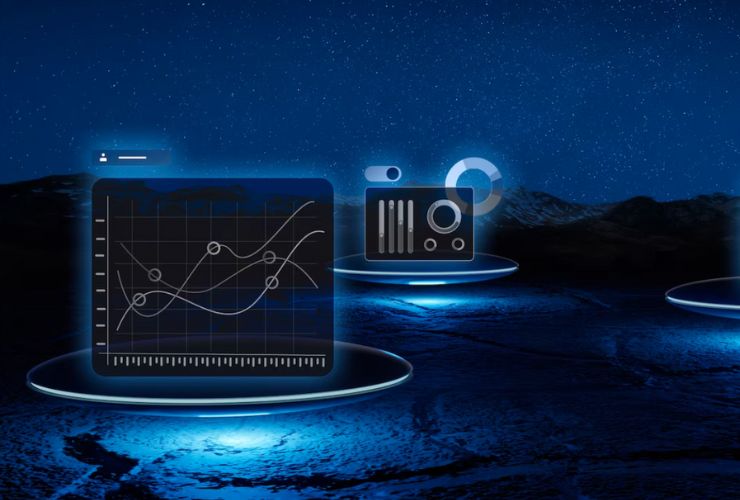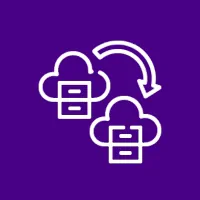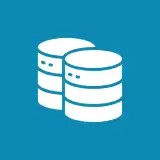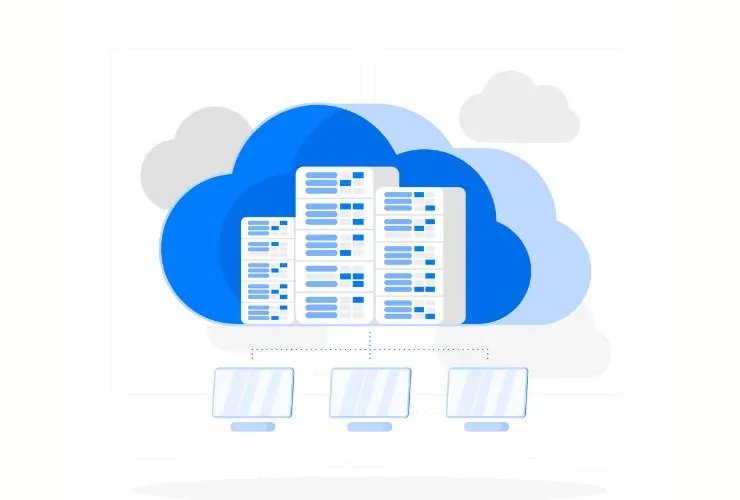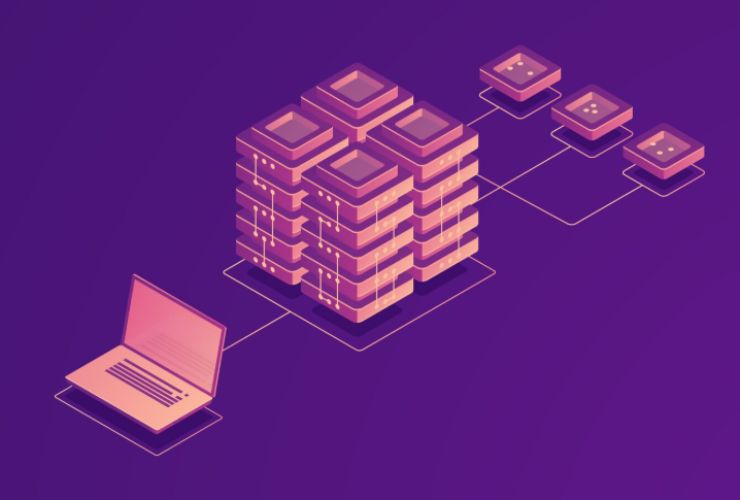In the rapidly evolving digital landscape of today, organizations are deploying continuous integration and continuous delivery (CI/CD) pipelines to speed up the development of software. While these pipelines allow for fast application delivery and automated code deployment, organizations often overlook performance and efficiency when it comes to databases.
The methodology of DataOps addresses this by adding observability and visibility into database monitoring and observability directly into the DevOps pipelines. This gives organizations the ability to monitor database performance proactively, locate issues faster, and operate efficiently while ensuring application and database performance are managed across the development lifecycle.
What is DataOps?
DataOps is a methodology that implements the principles of DevOps, but to data management, analytics, and database operations. This methodologies focus on having automation, collaboration, and continuous enhancement, in order to support teams in the complex processes involving data.
DataOps Principles:
- Automation: Automate database monitoring, testing, and deployment processes to eliminate human error.
- Collaboration: encourage seamless collaboration between developers, DBAs, Data Engineers, and operations.
- Continuous feedback: Measure and monitor performance in real-time to help with informed decisions.
- Agility: rapidly adapt to data workload changes, schema changes, or cloud infrastructure changes.
If organizations implement these practices, they can still maintain reliable data pipelines and optimal database performance to support their growth and innovation – but have dramatically faster delivery cycles.
Why Integrate Monitoring Within DevOps Pipelines
Monitoring in a silo does not make sense anymore. Integrating monitoring into DevOps pipelines has significant advantages:
- Proactive Problem Identification: Identify performance bottlenecks and anomalies before they impact applications or end users.
- CI/CD Stability: Ensure workflows are not impacted, or application functionality disrupted by database schema changes, migrations, or updates.
- Expedited Delivery Pipeline: Automated monitoring eliminates the need to manually troubleshoot which accelerates the pace of deployment and testing.
- Data Quality: Maintain data integrity and consistency throughout the development and deployment lifecycle.
- Enhanced Observability: Comprehensive visibility across query performance, replication health, resource allocation, and application-database relationships.
Monitoring Areas in DevOps Pipelines
Integrating database monitoring into DevOps pipelines means monitoring a number of important areas:
- Query Performance: Identify slow or inefficient queries at deployment time to ensure the application remains responsive.
- Replication & Failover: Monitoring to ensure that data is available and reliable across all environments (staging, testing, production).
- Resource Usage: CPU, Memory, and disk utilization minimize risk of over utilization, and capacity planning.
- Security and Compliance: Monitoring user access and privilege changes, and changes to any sensitive data, is essential to maintain an audit trail.
- Error Rates: Identifying failed transactions, rollbacks, or inconsistencies to avoid operational issues.
DataOps Best Practices for Monitoring
To reap he benefits of DataOps organizations should adopt the following best practices:
- Incorporate early: Introduce monitoring and observability as early as possible in CI/CD pipelines to anticipate problems before deployment.
- Automate notifications: Alert on anomalies, breaches of thresholds, or security events to remediate proactively
- Use Dashboard:. Have a central real-time dashboards visible to multiple teams from several environments.
- Continuous Improvement: Learn from historical data trends, and previous incidents, and adjust monitoring parameters.
- Collaborate across teams: Developers, DBAs, and Operations should share insights and take joint actions to address problems.
Real-world Situations Using DataOps
Organizations using DataOps can achieve tangible results:
- E-commerce Platforms: Monitor database queries during peak periods, especially during major events, and ensure that the path from a product to checkout are healthy.
- Financial Services: Monitor for transaction consistency and compliance while making frequent schema updates through CI/CD workflows.
- Healthcare Applications: Maintain data integrity and availability across disparate cloud environments for critical patient records.
These real-world situations demonstrate that DataOps monitoring plays the critical role of bringing together the speed of development and reliability of operation.
How Empirical Edge is able to help
Empirical Edge specializes in deploying data automation solutions to build database monitoring into the devops pipeline, such as:
- Real time monitoring for SQL, NoSQL, and cloud databases
- CI/CD pipeline integration for running automated checks for database changes
- Anomaly detection and predictive alerts to fix issues before they happen
- Custom dashboards and reports to monitor across multiple environments
- Security and compliance monitoring embedded into the DevSecOps workflows
Working with Empirical Edge adds the benefit of ensuring the uptime, performance, compliance, and business continuity through your DataOps strategies.
Conclusion
DataOps brings new levels of database management and monitoring processes to organization with a continuous software delivery lifecycle. In particular, DataOps embeds additional monitoring, automation, and continuous feedback into the delivery of software. By integrating real-time monitoring into development workflows, organizations can detect possible issues before they occur, optimize database performance, and reducing delivery time.
When organizations utilize expert services provided by Empirical Edge, DataOps becomes a reality quickly, which allows enterprises to delivery more reliable, secure, and performant systems which take advantage of data.Too often, operations (IT teams, DevSQLOps, DataOps) are chasing problems, when they could be providing innovation to their teams.

